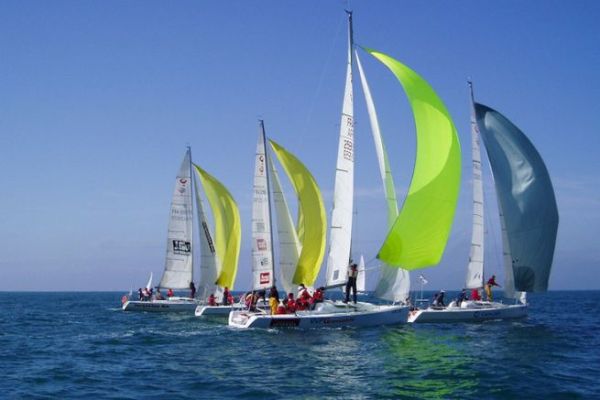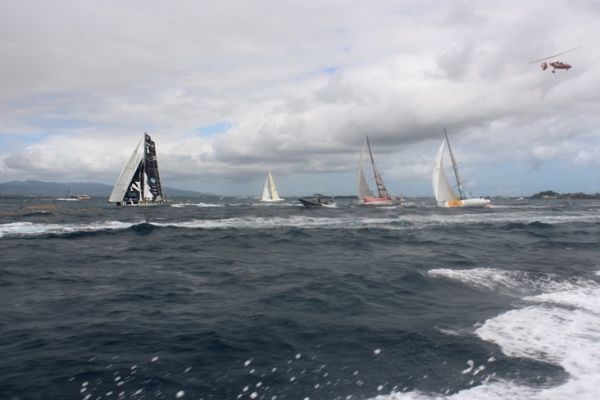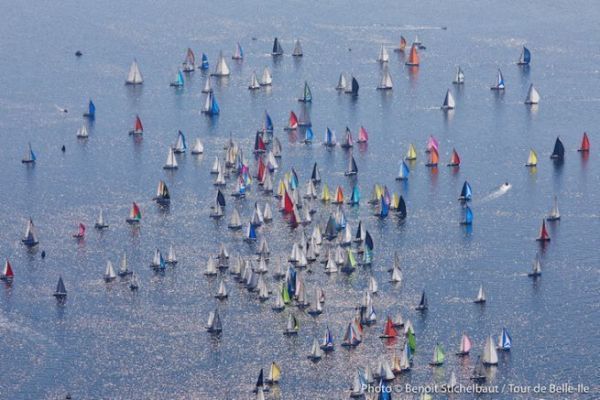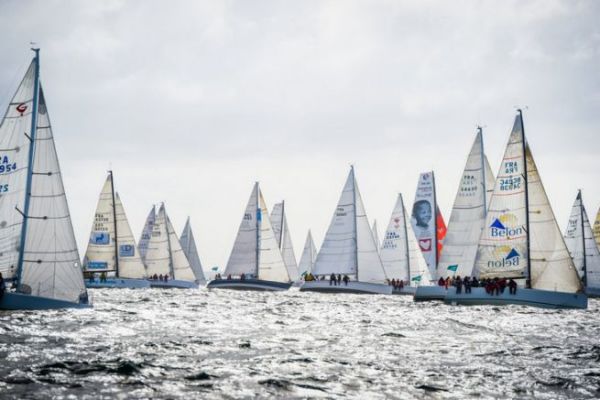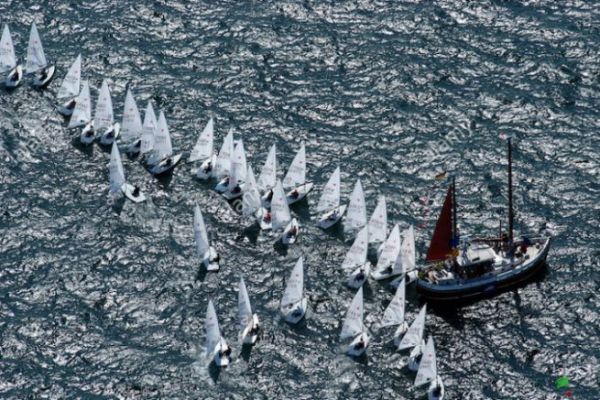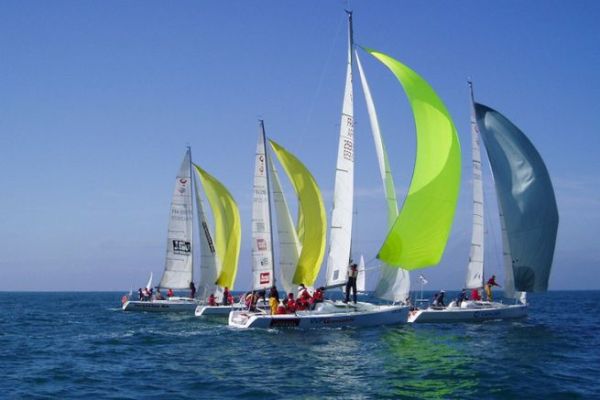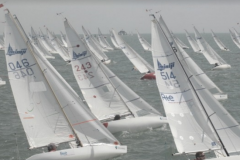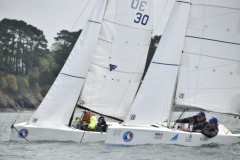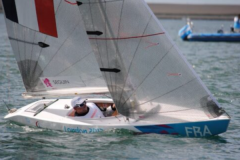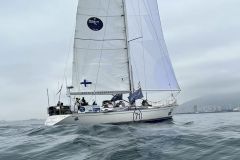A game cannot be played without its rules, and each participant is expected to master them. We now know that the priority rules when 2 boats meet . However, a priority also has its own limitations.
Avoid contacts
Regattas bring together many sailboats on the same course. Throughout the race, they will often meet each other. The first of the limits to priorities is a measure of common sense. Participants, whether priority or not, must do everything possible to prevent an accident.
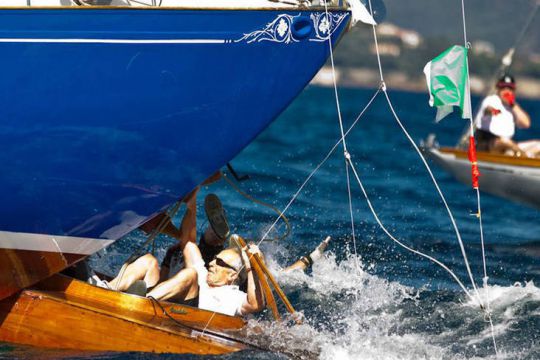
And that's rule 14 which gives limits to priorities in order to avoid contact: a boat in its right, but which does not do EVERYTHING to avoid contact is punishable.
It should be noted - and this is quite understandable - that in the event of serious contact (injuries, material damage), if it is established that the priority sailboat has not done everything possible to prevent the accident, this almost always results in the disqualification of the competitors.
Acquiring a priority
When a sailboat manoeuvres, as during a tack change, there is a certain inertia. In order to avoid a blurring in the distribution of priorities that apply to sailboats during this short period, the RRS provides a framework for the acquisition of priorities.
It is rule 15 which limits the priority during its acquisition: when a boat acquires a priority it must initially give the other boat the place to stay away, unless it acquires the priority because of the other boat's action.
Modify your route
Rule 16 provides a framework for the modification of the priority sailboat's route: when a priority boat changes its route, it must leave room for the other to stay away.
If a port boat is going to pass behind a starboard boat, the starboard boat must not change course if this forces the port boat to change course immediately. The spirit of the rule is not to endanger a competing boat by abusing a priority.
But if you leave enough space for this sailboat, you are in your right. And you can then unscrew it to slow it down. This is how we can observe turn and gybe battles where some will try to push others to the fault.
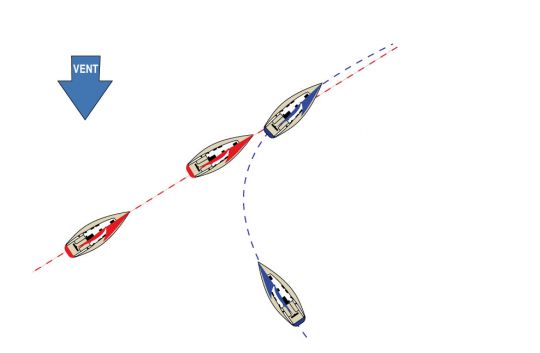
On the same side
Rule 17 governs the priority limits for sailboats on the same side, on a normal course: a catching boat that comes into engagement less than 2 lengths downwind of a boat, must not sail above its normal course while the engagement is in progress.
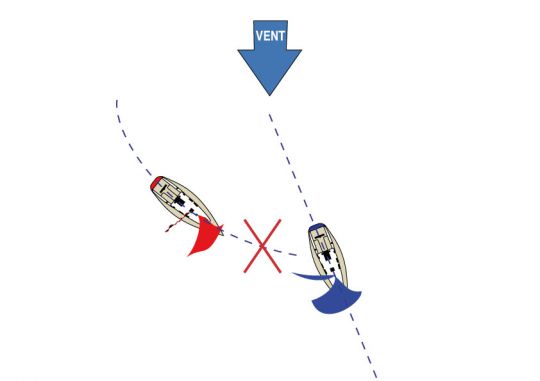
In, a boat that would like to luff you would not be allowed if it makes its sails luffed to the point that it is no longer on a normal route. Be vigilant downwind with boats under spinnaker dragging along, for some of them, their normal course can be very high.
In the event of a penalty
And finally, a sailboat that makes a penalty round must stay away from the other boats. Even if in his 360° turn he acquires a priority under no circumstances will he be able to assert it.
